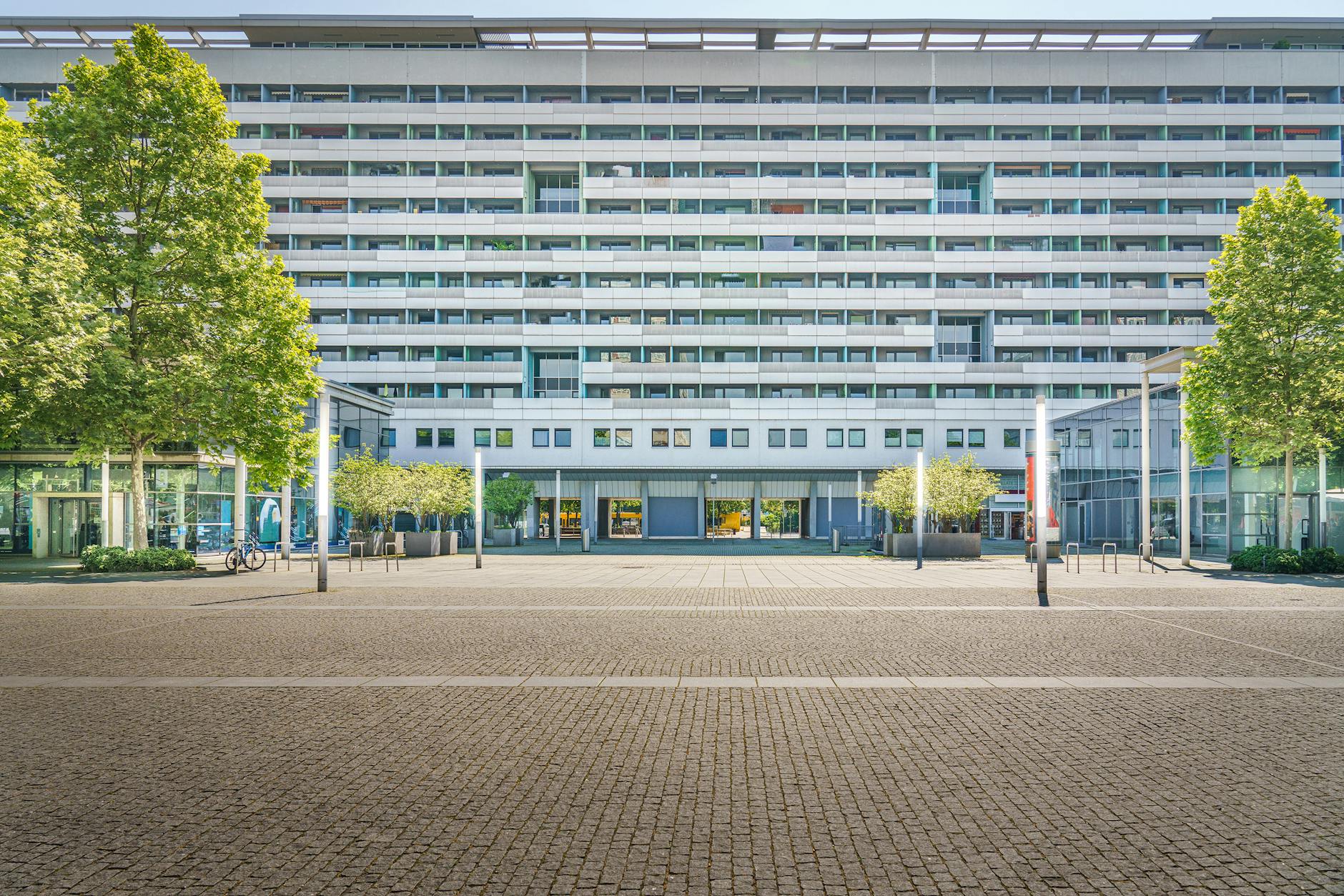How to Choose the Right Commercial Space for Your Business Growth
How to choose the right commercial space for your business growth
Choosing the right commercial space is a critical decision that directly impacts the trajectory of your business growth. Whether you are launching a startup or expanding an existing operation, finding a location that aligns with your goals can boost productivity, attract customers, and enhance your brand presence. The choice involves understanding various factors beyond cost, such as location dynamics, space functionality, and future scalability. This article explores key considerations to help business owners identify the ideal commercial space that supports their current needs while accommodating long-term expansion and success. By evaluating essential criteria systematically, you can make a strategic investment that drives sustainable growth.
Assessing location and accessibility
The location of your commercial space can make or break your business. A well-chosen site increases visibility, foot traffic, and customer convenience. Start by researching the demographics and economic activities within the area. Consider proximity to suppliers, clients, and your workforce. Accessibility options like public transportation, parking availability, and ease of navigation should be a priority as they affect employee punctuality and customer visits.
It is also important to study the competition and complementary businesses nearby. Adjacent companies that attract your target market can be beneficial, creating a cluster effect that draws more consumers. However, oversaturation of similar businesses might limit growth opportunities.
Determining space and layout needs
Your commercial space must align with your operational requirements. Begin by analyzing the kind of work you will conduct and the facility features you need. For example, retail businesses need ample display areas and customer zones, while tech companies require flexible office layouts and conference rooms.
Assess how much area is necessary for current activities, and plan for future growth to avoid frequent relocations, which can be costly. The layout should support efficiency, collaboration, and a pleasant working environment. Security features, loading docks, storage, and accessibility compliance must also be considered.
| Business type | Key space considerations | Additional features |
|---|---|---|
| Retail | Customer flow, display space, checkout counters | Window visibility, storage, easy access |
| Office | Workstations, meeting rooms, breakout zones | Technology infrastructure, ergonomics, natural light |
| Manufacturing | Production floor, equipment space, safety zones | Loading docks, ventilation, zoning compliance |
Evaluating costs and lease terms
While affordability is a key factor, decision-makers should look beyond just rent prices. Consider the total cost of occupancy, including utilities, maintenance, insurance, and taxes. Some areas may offer incentives or tax breaks that reduce overall expenditure.
Lease agreements must be scrutinized for flexibility — ideally, you want terms that allow for adjustment according to your business growth. Options for renewal, expansion rights, and exit clauses can provide stability and reduce risks associated with long-term commitments. Engage a commercial real estate attorney if possible to clarify complex terms.
Planning for future growth and scalability
Your ideal commercial space should not only meet current demands but also accommodate expansion plans. Investigate if the space allows for scaling operations vertically (e.g., adding floors) or horizontally (e.g., adjoining units). Additionally, the location’s trajectory matters; an up-and-coming neighborhood can offer better value and a growing customer base.
Technology integration is another important aspect—select spaces with infrastructure capable of supporting upgrades like faster internet, advanced security systems, or smart building features. Forward-thinking facilities ensure your business is equipped to adapt to evolving market needs.
Conclusion
Selecting the right commercial space is a multifaceted decision that requires evaluating location, space functionality, financial costs, and future scalability. A strategically chosen space enhances operational efficiency, employee satisfaction, and customer engagement, laying a solid foundation for business growth. By carefully analyzing accessibility, layout, lease terms, and expansion possibilities, business owners can avoid costly relocations and position themselves advantageously in competitive markets. Ultimately, the goal is to find a space that not only satisfies immediate requirements but also supports long-term vision, allowing your business to thrive sustainably in a dynamic environment.
Image by: Jakub Zerdzicki
https://www.pexels.com/@jakubzerdzicki
editor's pick
latest video
news via inbox
Nulla turp dis cursus. Integer liberos euismod pretium faucibua

